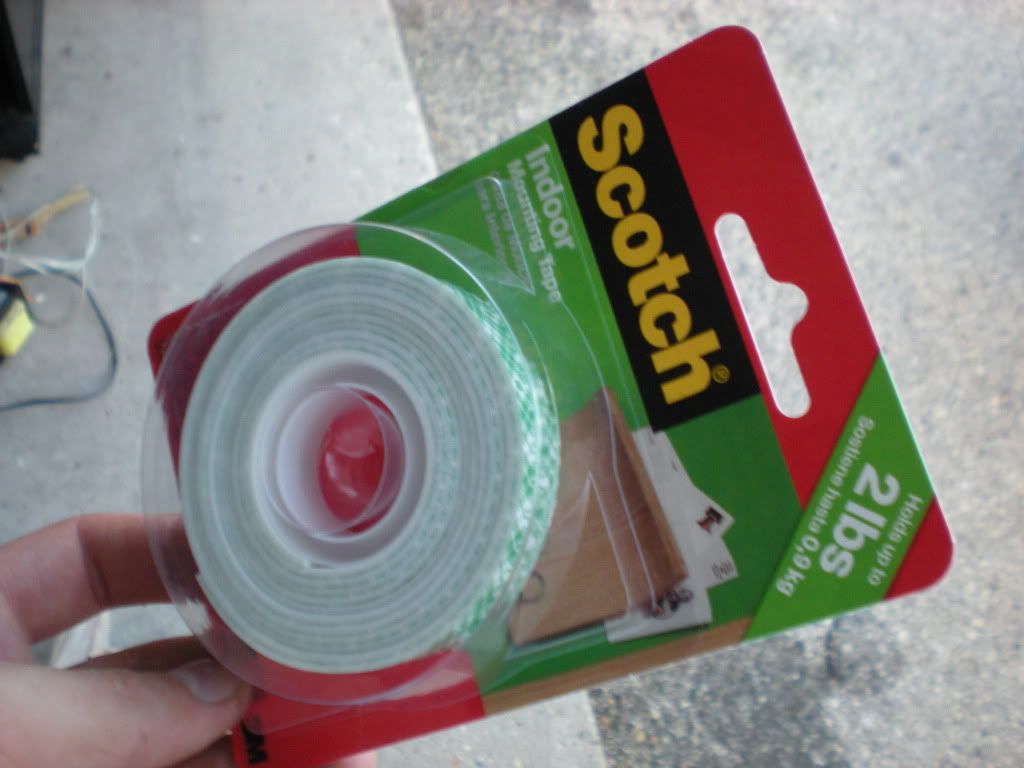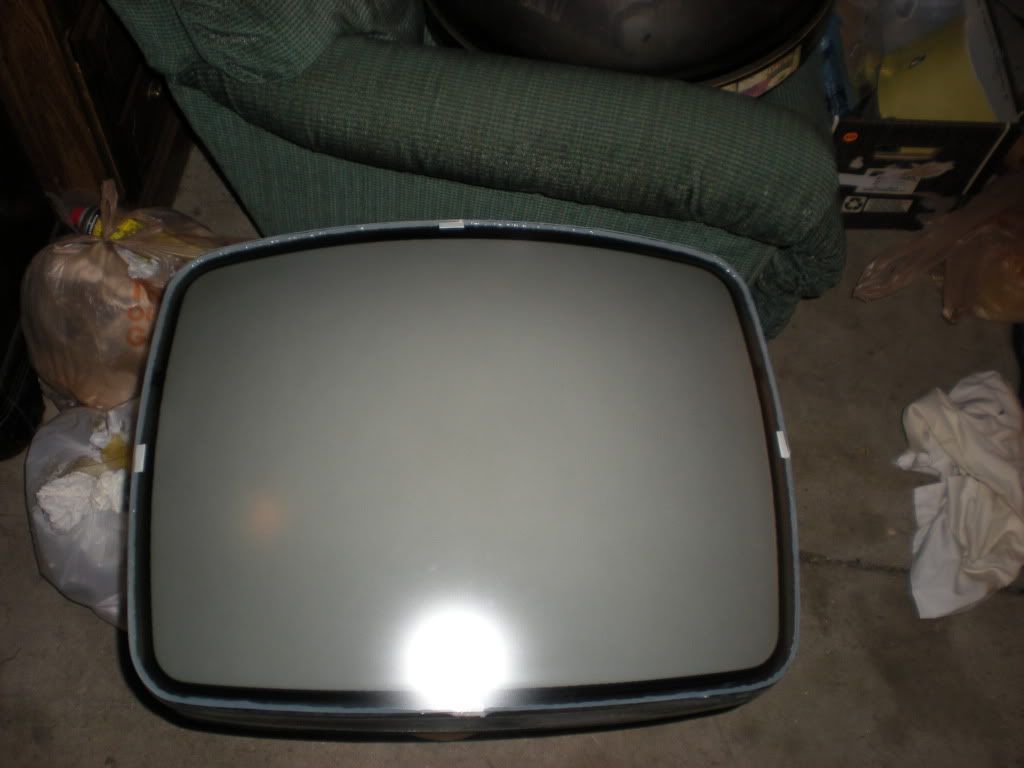
 |
|
#16
|
|||
|
|||
|
Color Problem
One of the biggest problems I had fixing these sets years ago with color problems like that was coils opening up. Most were easy fixes as you would open up the can and pull out the coil and re-solder the terminals on it. Check the voltages on the plate of the adjacent 6GH8's or other tube in the color circuit. The fact that they are getting older doesn't help as they developed these kinds of problems 50 years ago.
__________________
julian |
|
#17
|
|||
|
|||
|
I am a little curious here. The trouble symptoms and solutions are basically the same, but did RCA actually use the CTC15 chassis in 1963? I have a 63 RCA using the same control layout, but mine is definetely a CTC12 chassis. When did they release the CTC15, and what about the CTC13 and 14 chassis? I don't remember any 13 or 14 sets anyway.
|
|
#18
|
||||
|
||||
|
Well the guy I got it from said it was a 1963. He has a ton of roundies and is a member here. If he sees this post, maybe he could elaborate.
Officially I believe this is a 1964 according to a Chicago Tribune article. It is called the "Canton". I do know that typically you could buy a new model year from RCA as early as August of the previous year. Maybe why he called it a 1963? |
|
#19
|
||||
|
||||
|
The CTC-15 IS a 64 model--but I THINK it came out early in the model year. So--a lot of them have 1963 date codes that are a LOT older than would normally be for a 64 model.
|
|
#20
|
||||
|
||||
|
Quote:
The CTC13 was an RCA experimental set using a CTC12 chassis. CTC14 wasn't marketed. http://www.earlytelevision.org/Deksnis/CTC13.html http://www.earlytelevision.org/Deksnis/CTC14.html |
| Audiokarma |
|
#21
|
||||
|
||||
|
Quote:
|
|
#22
|
||||
|
||||
|
That was the problem. After operating the set for about 2 1/2 hours, the color faded out again, so while the set was in this condition, we removed two suspected tubes and let them cool down one at a time. After cooling down, we placed them back in the chassis and the color returned briefly and faded again. Next, we replaced the suspected 6GH8A OSC. tube with a new one and the problem persisted. Next, we adjusted the 3.58 Oscillator slug and saw a big improvement. Further tweaking and the color remained stable. We think we solved the problem and left the original 1963 coded 6GH8A installed and we still have a 100% original CTC-15.
|
|
#23
|
||||
|
||||
|
Glad you got it sorted out. I've always liked control only repairs best form a cost/convenience/time stand point.
__________________
Tom C. Zenith: The quality stays in EVEN after the name falls off! What I want. --> http://www.videokarma.org/showpost.p...62&postcount=4 |
|
#24
|
||||
|
||||
|
Sounds like good news, I agree with Electronic M, and here's hoping it continues to work well, that's a really nice picture and TV, congratulations! Dave.
__________________
[B]"Bee care-eh-full to don't broke thee pic-sher tee-yube!" :-) |
|
#25
|
||||
|
||||
|
Thank you, it's my first roundie. You have some excellent sets in your collection.
|
| Audiokarma |
|
#26
|
||||
|
||||
|
Thanks all for your suggestions and comments. We had the the set on for 7 hours yesterday with no problems.
Now if we could get rid of that beginning stage cataract. The tube is original with low hours and tests near perfect, so don't want to replace. Watched the You Tube videos on removing cataracts and the water submersion method looks the safest. I have never done it before, does the safety glass just slide off after say three weeks or does it still need an assist? What is the best way to reseal the safety glass? Does it really need a silicon seal? Last edited by etype2; 11-15-2014 at 02:00 PM. |
|
#27
|
||||
|
||||
|
From what I have read here, after days or weeks soaking face down in water, an RCA-type CRT (as opposed to a Zenith-type, on which the water trick does not work) will then need to have thin wooden shims put in the edges at multiple locations, and they will need to be GRADUALLY pushed in further over an additional period of time. I have seen mention of this shimming process being done with the CRT being put back into the water as well as with it being kept out. The big thing is to not push the shims in too far, too fast, since that is always what leads to a broken glass faceplate. The indication that the water-and-shim process is working seems to be when "fingers" of air start to appear between the faceplate and the PVA "goo" next to or near the shim ends. Others may be able to post better and more correct descriptions of the process.
On the one CRT that I did (using the heat-gun method, a few years ago), I only put thin pieces of double-stick tape around the edge of the CRT and did not try to "seal" the faceplate to the tube again.
__________________
Chris Quote from another forum: "(Antique TV collecting) always seemed to me to be a fringe hobby that only weirdos did." |
|
#28
|
||||
|
||||
|
Quote:
Read through another thread about cat's here. Why are form spacers needed under the safety glass prior to reseal? Isn't the safety glass bonded to the CRT directly? Can't you just place the cleaned up safety glass directly on the CRT and reseal? I would prefer to use tape like you did, just seems easier and less messy. |
|
#29
|
|||
|
|||
|
On mine I just use single side sticky foam tape around the perimeter of the LENS not the CRT its about 1/4 wide and about 1/8 thick. Then you just place the lens on the CRT, since its not sticky you can take your time and position it carefully. once you are happy with the position, get some wide packing tape and secure it on the top and bottom where the mask hides the CRT. The foam all around the lens prevents any dust or other garbage from getting between the lens and CRT face. this makes it very easy to remove the lens if ever needed, but I think the main thing is if you get a piece of dust in you can just lift of the lens get it clean and put back on, examine if all good tape and done.
|
|
#30
|
||||
|
||||
|
The foam tape is a spacer to keep the safety glass from touching the CRT directly (duplicating the spacing the removed PVA used to provide). That way if something slams in to the installed tube hard enough to break/crack the safety glass there is at least a fighting chance the face of the CRT is still undamaged.
  I like to clean the glass ABSOLUTELY SPOTLESS add four small foam spacers at the edges and caulk the edge. It will stay spotless indefinitely (probably longer than the PVA lasted) if you achieved a good seal (versus potentially having to open it up every few years with tape). You can always slice through the caulk with a razor and dissolve the residue with chemicals (like 'goof off') later on if you somehow need to clean it or (in my case) discover the (spare) CRT is gassy years after cataracting it and cut thru the caulk holding the safety glass to steal the glass for another tube that needed a new safety glass...
__________________
Tom C. Zenith: The quality stays in EVEN after the name falls off! What I want. --> http://www.videokarma.org/showpost.p...62&postcount=4 |
| Audiokarma |
 |
|
|